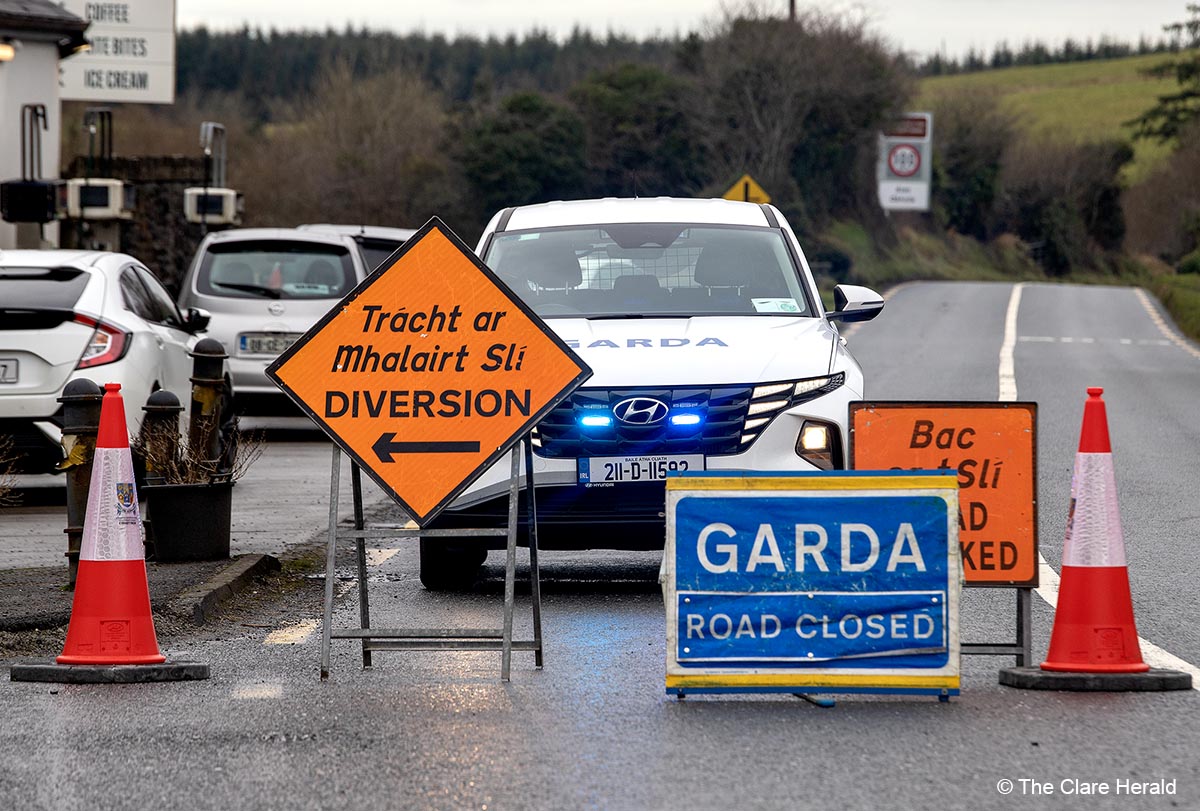Research presented today by the Road Safety Authority (RSA) at the annual Driving for Work seminar, shows that one quarter of all drivers involved in fatal road collisions over the past five years were driving for work.
Those drivers were typically male and aged between 36-55, with half of them driving HGVs, according to the analysis which covers the years 2019 to 2023.
HGVs represented 11% of vehicles involved in fatal road collisions. In most of these collisions either the driver of the other vehicle or a pedestrian was killed.
Sarah O’Connor, director of partnerships and external affairs at the RSA, said: “Our survey data shows significantly higher levels of engagement in all dangerous behaviours among those who drive for work, including concerning levels of observed speeding among HGV drivers on 100km/h roads. Education and awareness around safe driving behaviours are needed for all those who drive for work, and not just HGV and van drivers.”
Driving for work includes any person who drives on public roads as part of their job in a company vehicle, or in their own privately-owned vehicle. It includes truck and van drivers, bus, coach and taxi drivers, utility company employees and service engineers, sales, marketing and delivery staff.
According to the RSA’s Driver Attitude & Behaviour Survey 2023, a nationally representative survey of motorists commissioned by the RSA, 25% of motorists drive as part of their work. Among those who drive for work two thirds are male, and 73% are aged between 17 and 49 years. Just over three quarters drive a car, while 23% use other types of vehicles.
The seminar heard that the RSA’s Driver Attitude & Behaviour Survey 2023 showed a worrying pattern of dangerous driving behaviours among those who drive for work. The survey found that they are more likely to exceed speed limits than other drivers, and more likely to use a mobile phone while driving and less likely to wear a seatbelt.*
The seminar also heard that the RSA’s most recent observational study showed that almost one in 10 (9%) motorists are using a mobile device while driving. This is consistent across urban roads, rural roads, and motorways, with van (LGV) drivers the worst offenders at 13%.
The seminar is co-hosted by the RSA, Health and Safety Authority (HSA) and An Garda Síochána. This year’s theme was “Back to Basics” and its aim was to inform and educate employers about how to implement safe driving for work policy, procedures and practices. Over 250 people participated the seminar.
Speakers included representatives from Uisce Éireann, engineering group WSP, the RSA, the Health and Safety Authority and An Garda Siochana.

Deirdre Sinnott McFeat, senior inspector at the HSA, told the seminar that employers have a duty of care to put in a place a safety management framework which protects and prevents harm to people at work and on the road.
She added: “There is an unacceptable level of death and injury to people who drive for work and to road users they come into contact with. The vast majority of workers do not set out to cause or become involved in a road collision or incident in the course of their working day. Often simple errors and omissions or a collection of them can have catastrophic consequences.”
She urged employers to plan, prepare and put systems of work and associated procedures in place that reduce chances of collisions or incidents happening to their employees or other road users.
The RSA, HSA and An Garda Síochána have developed resources to help organisations to develop and implement safe driving practices, see www.drivingforwork.ie
Sarah O’Connor added: “People who drive for work also need to reflect on their behaviours on the road. Too many drivers are speeding, using mobile phones, driving under the influence of drugs or alcohol and not wearing a seat belt. They need to take responsibility and stop these dangerous behaviours.”

